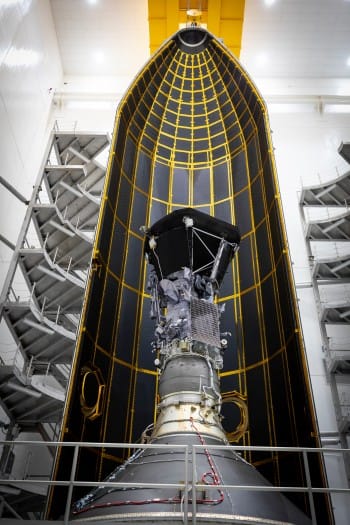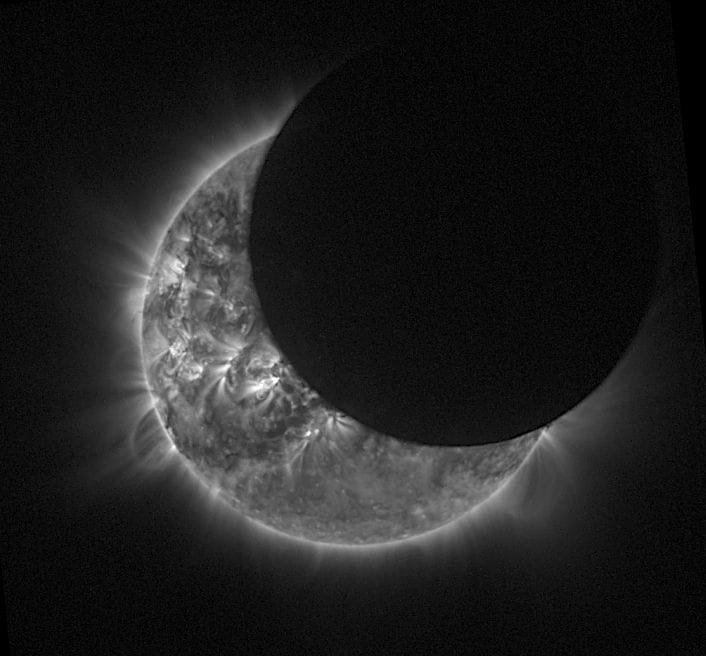NASA’s Parker Solar Probe, which has been diligently studying the Sun from unprecedented proximity, has recently recorded a significant magnetic explosion aimed at the Sun’s surface. This remarkable discovery sheds light on the complex magnetohydrodynamic processes occurring in the solar atmosphere, enhancing our knowledge of solar activity and its broader implications on space weather and even Earth-based technologies. The probe, which was launched in August 2018, is designed to observe the Sun’s atmosphere, known as the corona, and gather data that can help scientists improve forecasting models for solar storms and their potential impacts on Earth.
Magnetic explosions, often referred to as solar flares or coronal mass ejections (CMEs), involve the sudden release of magnetic energy that can drastically influence the solar wind and particle emissions from the Sun. Such phenomena occur when magnetic field lines restructure and reconnect, a process often likened to rubber bands snapping back into place after being stretched. In this instance, the Parker Solar Probe detected a significant magnetic explosion, demonstrating the probe’s capabilities in capturing real-time data of solar dynamics. The energy released during these events can be expansive, sending charged particles racing toward the Earth at considerable speeds, sometimes resulting in geomagnetic storms that can disrupt satellite communications and power grid operations back home.
The capacity of the Parker Solar Probe to detect these magnetic events is crucial for several reasons. First, understanding the nature of these explosions contributes to our broader knowledge of solar cycle dynamics and the mechanisms that drive solar storms. Solar activity follows an approximately 11-year cycle, with periods of high activity known as solar maximum often leading to an increase in flaring and associated phenomena. As the current solar cycle progresses toward its next maximum, events like these are expected to provide critical data for scientists monitoring the Sun’s behavior.
Moreover, the data collected from the Parker Solar Probe can aid in pinpointing the sources of solar eruptions. By accurately mapping the magnetic fields and the associated plasma movements, scientists can identify areas of potential flux that may lead to solar flares and CMEs. Understanding such dynamics is essential for risk assessment concerning space weather events, which can have a significant effect on Earth’s technological infrastructure.
The implications of the Parker Solar Probe’s findings extend beyond scientific curiosity—they may have practical applications when it comes to forecasting and mitigating the risks posed by space weather. Solar storms can interfere with radio communications, navigation systems, and even affect power grids if strong enough. For instance, the famous Carrington Event of 1859, one of the strongest geomagnetic storms on record, caused widespread disruptions to telegraph services and illuminated the night sky with auroras as far south as the Caribbean. It serves as a reminder of the potential dangers posed by our star, and understanding these magnetic explosions can help modern society prepare for similar events.
The Parker Solar Probe operates by using an array of scientific instruments to analyze the Sun’s corona and measure its magnetic fields, energy particles, and electromagnetic waves. Positioned within 4 million miles of the Sun, it is the closest any human-made object has ever traveled to the solar surface, providing a vantage point that has led to unprecedented scientific discoveries. The data collected by the probe will continue to be analyzed by a team of scientists dedicated to unraveling the complexities of solar behavior.
In addition to its contributions to astrophysics, the Parker Solar Probe’s findings are of keen interest to space weather practitioners. Understanding the intricacies of solar eruptions allows them to develop more accurate models that can predict space weather phenomena. Predictive capabilities have improved over recent years; however, a more nuanced understanding of events like the latest magnetic explosion is instrumental in guiding future development in this field.
In summary, the Parker Solar Probe’s detection of a powerful magnetic explosion directed towards the Sun’s surface lays the groundwork for expanding our comprehension of solar dynamics. As the probe continues its mission, each data point it gathers will contribute to a more profound understanding of the Sun’s influence on both space and Earth, paving the way for enhanced preparedness in the face of potential solar activity. The ongoing research stemming from these observations could lead to significant advancements in both scientific knowledge and practical applications in safeguarding modern technology against the whims of our solar companion, ensuring that society remains resilient amidst the majestic yet unpredictable forces of nature.



